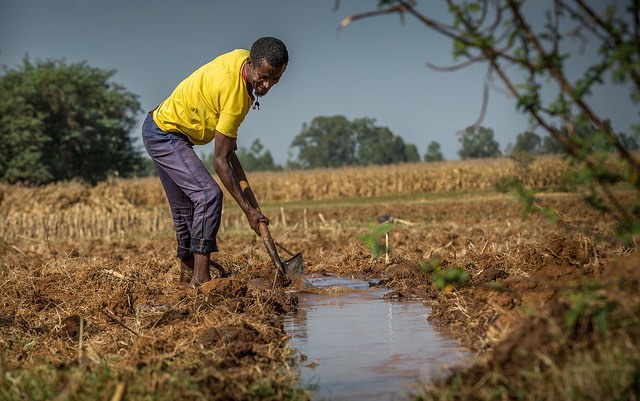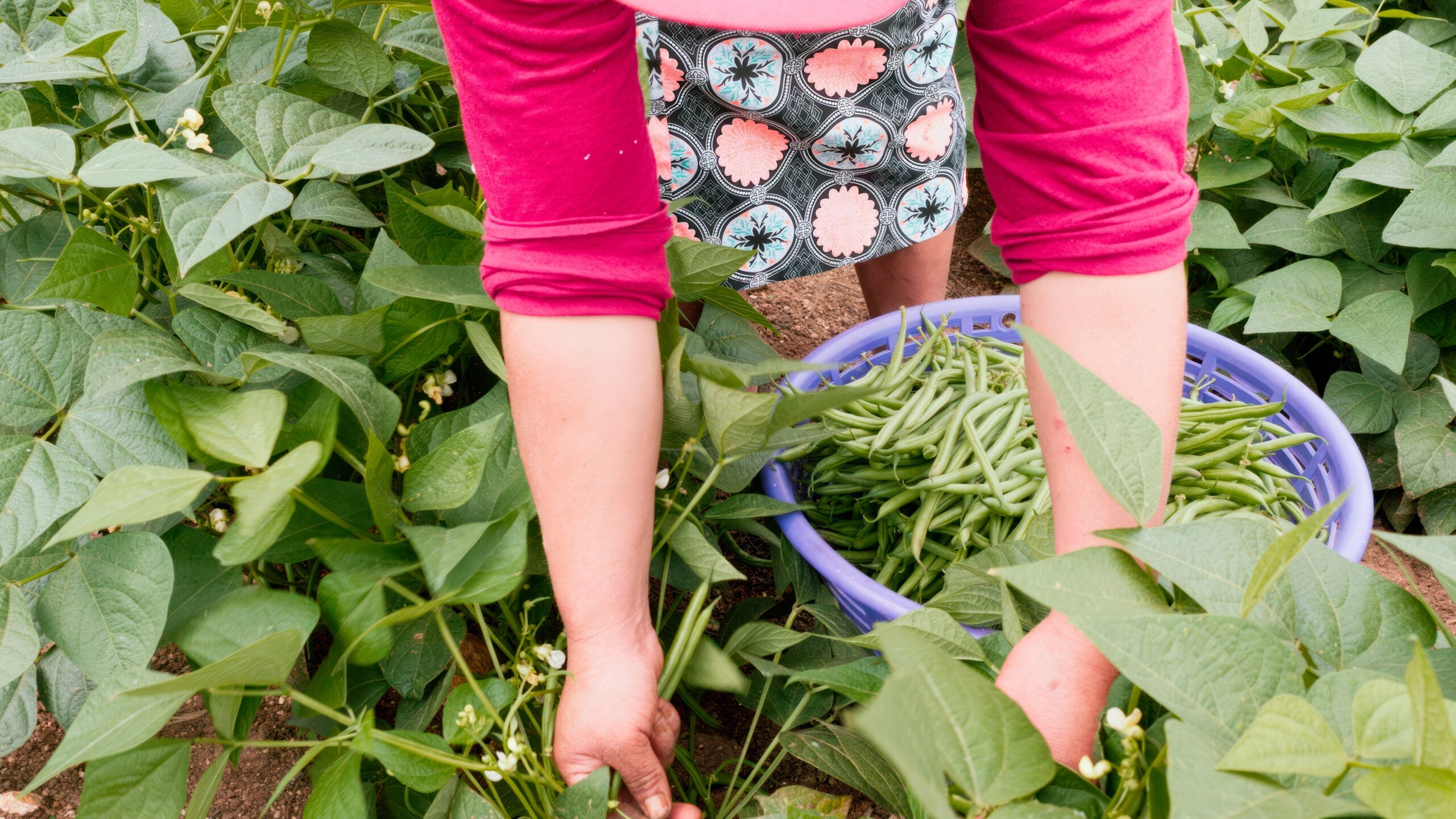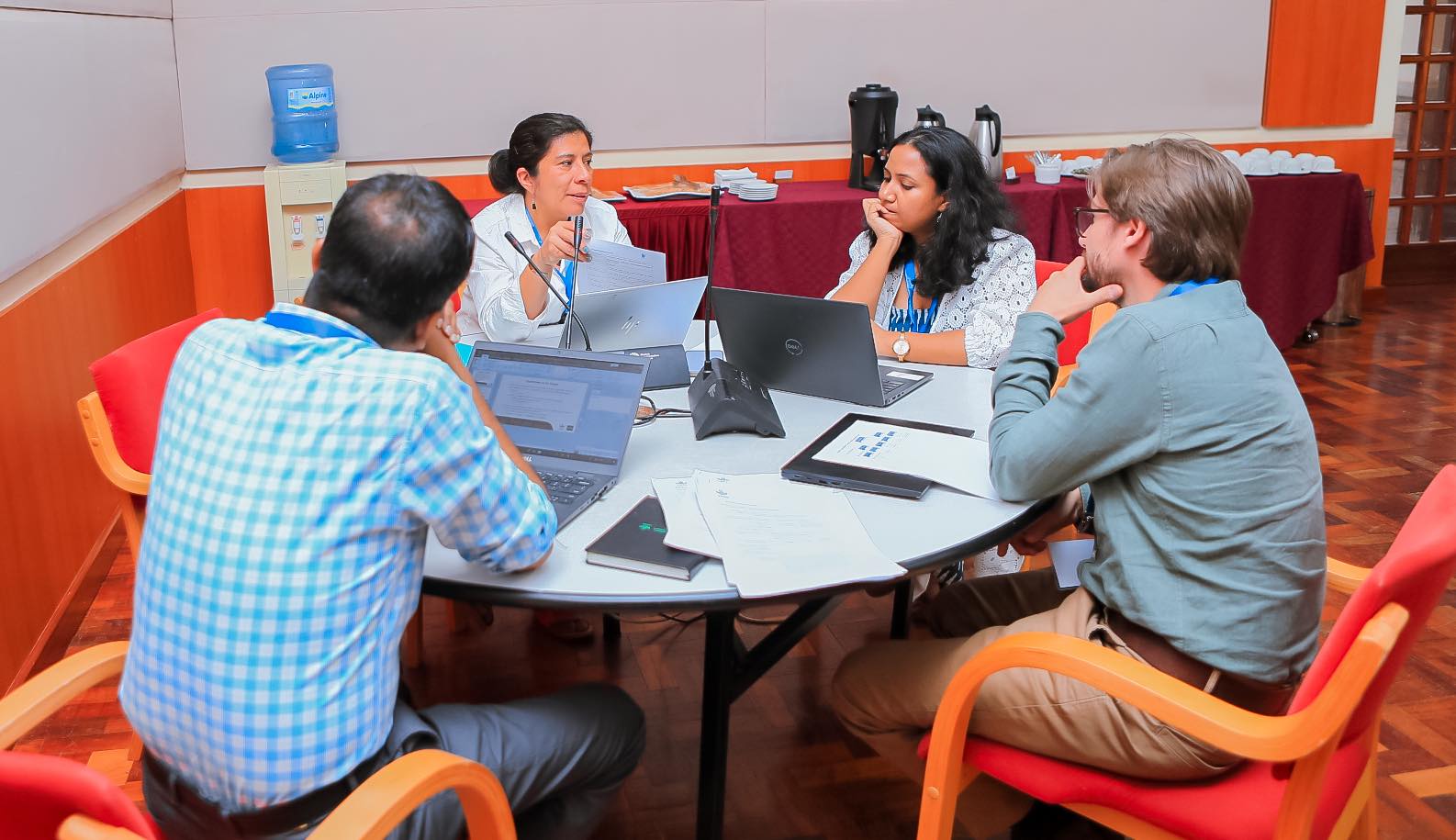Millions of smallholder farmers are facing growing challenges, including unpredictable weather resulting in lost or failed harvests. More variable rains mean prolonged droughts and devastating floods, while increasing temperatures scorch crops. At the same time, growing and wealthier populations demand more and better food, while agricultural land availability and quality are declining. In response to these threats, farmers are increasingly investing in irrigation—deciding for themselves where, how and what technologies to adopt.
As we mark World Water Day (March 22), nearly a decade of research in Africa south of the Sahara and Asia points to the broad, positive effects of farmer-led irrigation on income, poverty alleviation and employment. Enhanced nutrition and greater resilience to seasonal weather variability and climatic shocks have also been identified as potential benefits.
Farmer-led irrigation Africa south of the Sahara could benefit between 113 and 369 million rural people, generating net revenues of between $14 billion and $22 billion a year. That’s why the World Bank works to further the “farmer led-irrigation revolution,” while high-level officials at the Africa Green Revolution Forum in the 2018 Kigali Joint Statement emphasized the need to fast-track farmer-led irrigation to achieve the 2014 Malabo Declaration for improved livelihoods and shared prosperity.
However, while this growing interest for farmer-led irrigation is welcome, it also warrants close scrutiny. As we point out in a recent article, the current trend in farmer-led irrigation is that it benefits a limited set of farmers, particularly those who are relatively younger, better off and male. The majority of farmers in Africa south of the Sahara—resource-poor and disadvantaged farmers, including women—are unable to participate.
What’s preventing wide participation?
One reason is simply that not everyone has access to irrigation technologies; women often cannot access motorized pumps for irrigation, either because they lack the capital to procure these for themselves or the influence on intrahousehold decisions on investments. Labor requirements also pose disadvantages, particularly for women. Women tend to use manual irrigation methods, while men use more advanced technologies, such as sprinklers and drip kits. On top of that, women have less time available, which combined with manual tools like hoses and buckets limits their options for irrigating larger areas.
In addition, the lack of financing mechanisms stifles growth of farmer-led irrigation. Without access to affordable, significant loans, resource-poor farmers in general, and particularly youth and women, have few opportunities for improving their ability to invest in irrigation.
Underdeveloped technology supply chains also hamper progress: Private-sector irrigation equipment suppliers have a limited presence in most developing countries and do not target smallholder farmers. Again, without access to affordable technologies, irrigation will remain out of reach. Finally, women are often excluded from access to information and training, from extension services and from decision making, all of which reduces their ability and incentives to invest in irrigation technologies.
Solutions that will allow everyone to benefit
As long as women and other resource-poor farmers cannot participate in farmer-led irrigation, the promises of food and nutrition security, resilience and wealth creation will remain unfulfilled.
The good news is that national governments, international donors and private sector actors have opportunities to make farmer-led irrigation more equitable.
For example, donors and businesses can help make affordable and appropriate credit available to farmers. One innovative option is “e-money” combined with cellular or internet networks; skipping the traditional face-to-face interactions can help reduce transaction costs. If traditional lenders, such as rural banks, want to reduce their risks while expanding their reach, they could start providing credit to cooperatives in commodity chains that are supporting farmer-led irrigation, such as coffee and cocoa. Lending to cooperatives reduces risk because cooperatives can provide guarantees and collect repayments from farmers when they deliver their final products, rather than upfront. Along the same lines, “pay-as-you-go” and “rent-to-own” models allow farmers to starting benefiting immediately, without a big upfront investment.
In addition, improving supply chains could benefit both the providers of technologies (e.g., pumps) and the buyers of commodities (e.g., coffee or high-value vegetables). For example, produce purchasers could provide farmers with access to irrigation technologies as part of their contracts and delay the repayments until farmers have secured their harvests. In return, the commodity buyers will be able to improve the quality and steady supply the products they put on the market.
In the private sector, some innovative companies and “early movers” have started to explore smallholder irrigation markets, but support from the public sector to help share the risk would speed up the process. Solar-powered pumps, for example, could allow more farmers access to irrigation because they are not dependent on access to electricity or a steady supply of costly diesel fuel. Removal or reduction in tariffs on imported irrigation technologies can increase markets and their reach, such as is the case in Ethiopia where the government has removed import tariffs on and instated a tax exemption for agricultural machinery.
Identifying needs, understanding impacts and learning from successes
Lastly, donors and investors need to understand the needs and preferences of women farmers. Women need access to information, which can be achieved for example by engaging more women extension agents, implementing peer programs for information sharing, and scheduling radio programming at times that women can listen.
Other approaches, such as participatory games and citizen science tools, can enhance informed decision making, making sure that water and other natural resources are sustainably and equitably managed. In addition, agricultural innovation platforms can ensure that the views and needs of all farmers are considered. In Zimbabwe, for example, agricultural innovation platforms have been used to bring together farmers, government officials, traders, researchers and others to deliberate agricultural challenges and solutions. As a result, farmers were able to learn from each other and increase their irrigation efficiency and crop yields.
Ensuring that the farmer-led irrigation revolution is for everyone will require a long-term, delicate balance to sustain the sector’s vibrancy and local innovation, while mitigating the potential risks of leaving women and other poor farmers behind.
Nicole Lefore is the Director of the Feed the Future Innovation Lab for Small Scale Irrigation at the Norman Borlaug Institute for International Agriculture. She was previously a senior project manager at the International Water Management Institute (IWMI) in South Africa. Claudia Ringler is the co-lead of the Managing Resource Variability and Competing Use research theme under the CGIAR Research Program on Water, Land and Ecosystems (WLE) and deputy director of IFPRI’s Environment and Production Technology Division (EPTD).
This blog post first appeared on the WLE Thrive blog. It was prepared under the Feed the Future Innovation Lab for Small Scale Irrigation with support from the U.S. Agency for International Development. The research described in this post forms part of the CGIAR Research Program on Water, Land and Ecosystems (WLE) and was supported by CGIAR Trust Fund Contributors. Opinions are the authors’.







